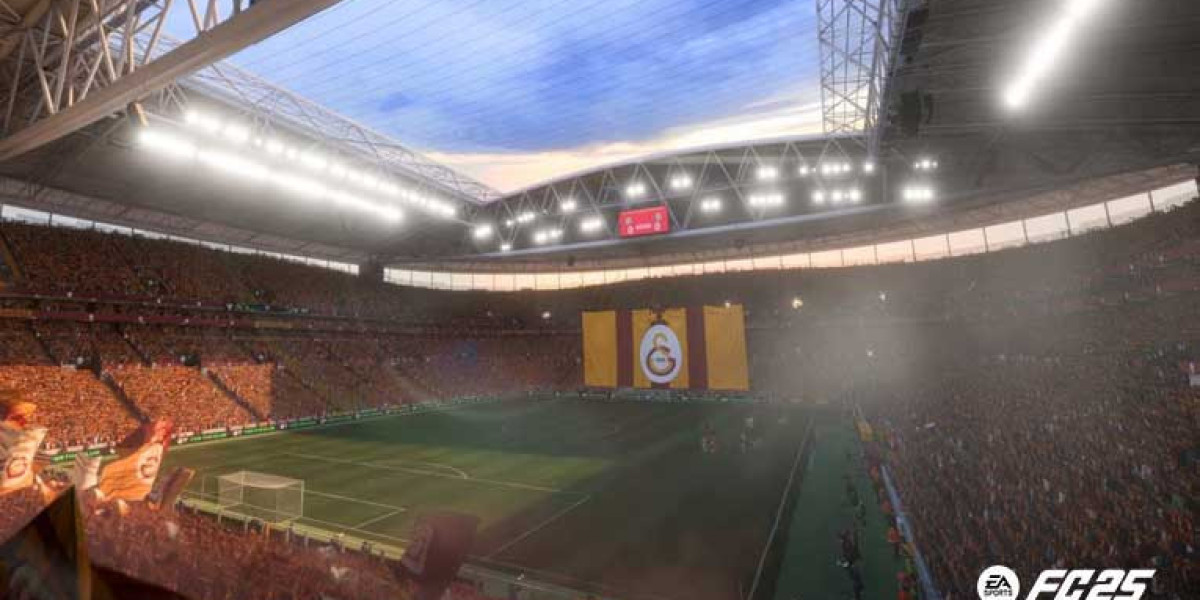An Indoor sports air conditioner for indoor sports facilities is engineered to tackle the distinct environmental needs that come with intense physical activity, a high density of people, and unique architectural considerations. Unlike standard AC units, these systems must balance multiple factors beyond simple cooling. In indoor sports settings, the challenges of heat load management, humidity control, air quality maintenance, and energy efficiency come into play in ways that are often more demanding than in typical commercial or residential spaces.
To fully understand how a specialized indoor sports air conditioning system performs under these conditions, let’s break down the primary operational mechanisms and technologies it employs.
1. Dynamic Temperature Control to Handle High Heat Loads
The energy exerted by athletes and spectators generates significant heat, making precise temperature control crucial in indoor sports facilities. An air conditioning system built for these settings often uses sophisticated thermostatic and sensor networks that monitor real-time conditions across the facility. When multiple sensors detect changes in temperature due to rising occupant numbers or increased physical activity, the system dynamically adjusts its output.
One way this is achieved is through variable refrigerant flow (VRF) technology. Unlike fixed-output systems, VRF allows the AC to modulate the cooling intensity based on the heat load, ensuring efficient energy use and precise temperature control. Additionally, a properly designed ductwork system enhances temperature consistency, distributing cool air uniformly across larger spaces.
2. Advanced Humidity Control for Optimal Comfort and Performance
Humidity control is perhaps one of the most critical functions of an indoor sports air conditioning system. Excessive humidity can lead to discomfort, decreased athletic performance, and potential health risks like respiratory issues or even mold growth within the facility. Sports AC systems often incorporate dehumidification units specifically designed to address these challenges.
These dehumidifiers work in tandem with the AC’s cooling functions, using heat exchangers to extract moisture without causing abrupt changes in temperature. Many systems employ a desiccant dehumidification process, which uses materials that absorb moisture, maintaining comfortable and safe humidity levels without additional cooling demands. This approach prevents air from feeling overly dry or moist, optimizing both comfort and performance.
3. Customized Airflow Patterns to Prevent Stagnation and Enhance Fresh Air Distribution
Indoor sports facilities often require careful management of airflow patterns to prevent pockets of stale or warm air and to ensure that fresh air circulates throughout the space. The layout and activity zones within the facility—whether a basketball court, gymnastics area, or indoor track—require different airflow intensities, making customizable ventilation essential.
An efficient sports AC system typically includes multiple air handling units (AHUs) strategically placed to support high-demand zones. These units allow for customized air distribution, with adjustable louvers and diffusers that direct air flow. High-volume, low-speed (HVLS) fans can further assist, enhancing air mixing without creating disruptive gusts. This design ensures continuous airflow without uncomfortable drafts, creating a balanced environment that minimizes the buildup of CO₂ and other pollutants.
4. CO₂ Monitoring and Air Quality Control for Athlete Safety
Indoor sports facilities can accumulate high levels of CO₂ due to intense activity and heavy breathing among athletes, coupled with a high number of occupants. Air quality control is crucial to maintaining a healthy environment. Advanced air conditioning systems for sports facilities include sensors that measure CO₂ levels and integrate with ventilation systems to increase fresh air intake when CO₂ exceeds safe limits.
CO₂ sensors, often part of a building automation system, provide real-time data that prompts the AC system to adjust ventilation rates accordingly. Many sports facility air conditioners also incorporate air purification elements such as HEPA filters or UV-C light treatments. These help remove particulates, bacteria, and airborne pathogens, safeguarding athletes and spectators alike from poor air quality and potential health hazards.
5. Heat Recovery Systems for Energy Efficiency
Operating a large-scale air conditioning system in a sports facility can be energy-intensive. To counteract this, many systems incorporate heat recovery technologies. Heat recovery allows the system to capture the heat produced by its own compressors or by indoor activities and repurpose it within the facility, such as for heating locker room areas or pre-heating air in colder months.
By leveraging heat recovery, the AC system minimizes energy waste, effectively reducing the facility's energy footprint and lowering operational costs. This approach not only keeps the indoor temperature stable but also supports a sustainable, energy-efficient operation.
6. Adaptability for Multi-Use Facilities
Many indoor sports facilities serve multiple purposes, from sports events to concerts and exhibitions. Each event type requires specific environmental conditions, often demanding rapid adjustments in temperature, humidity, and ventilation. An air conditioner for such venues must be highly adaptable, often equipped with zoning capabilities that allow different sections of the facility to be managed independently.
Zoning is managed through a network of dampers and control systems that can independently adjust cooling or heating in various facility zones. For example, a basketball court may need rapid cooling, while spectator areas require a moderate temperature with increased airflow. Such flexibility in zoning allows the system to support various facility needs without compromising comfort or efficiency.
7. Noise Control for a Distraction-Free Environment
In sports facilities, noise can be a major issue. A noisy air conditioning system can be distracting for athletes and spectators alike. To address this, specialized sports AC units often incorporate noise-reducing features such as insulated ductwork, quiet compressors, and strategically placed air handlers. The use of variable-speed fans also reduces sound levels, ensuring that the noise generated remains within acceptable limits.
Additionally, the design of the ventilation system often takes acoustics into account, avoiding the placement of major components near competition zones or audience seating areas. This attention to noise control allows for a quieter, more focused environment.
8. Robust Systems for Handling Extreme Indoor Conditions
The wear and tear on air conditioning systems in indoor sports facilities is significant due to the constant demand, heavy foot traffic, and challenging environmental conditions. To handle these stresses, sports air conditioning units are typically built with durable materials and reinforced components. These systems often feature high-grade compressors and anti-corrosion coatings on coils to ensure longevity and optimal performance, even with heavy, continuous usage.
Routine maintenance is another crucial aspect, and advanced sports facility AC systems often include remote monitoring capabilities. These systems use IoT sensors to provide data on equipment performance, allowing facility managers to schedule preventative maintenance and repairs before issues arise. This predictive maintenance approach minimizes downtime and ensures that the system remains effective and reliable over time.
9. Integration with Building Automation Systems for Enhanced Efficiency
Finally, indoor sports AC systems are frequently integrated with building automation systems (BAS) that manage lighting, security, and other HVAC systems. This integration allows for centralized control, enabling facility managers to adjust settings remotely or automate responses based on real-time data. For instance, the BAS might increase cooling when a facility is at maximum occupancy and scale back during low-use periods.
Integration with BAS not only makes operations more efficient but also reduces energy costs, providing detailed data analytics that can highlight areas for further optimization.
Conclusion
An air conditioning system for an indoor sports facility is a complex, multi-functional setup that goes far beyond simple cooling. These systems are designed to create an environment where athletes can perform at their peak, audiences can enjoy a comfortable experience, and the facility can manage its energy costs efficiently. By controlling temperature, humidity, airflow, air quality, and more, indoor sports air conditioners contribute to a safe, comfortable, and high-performing environment tailored to the unique demands of sports activities and large gatherings.







